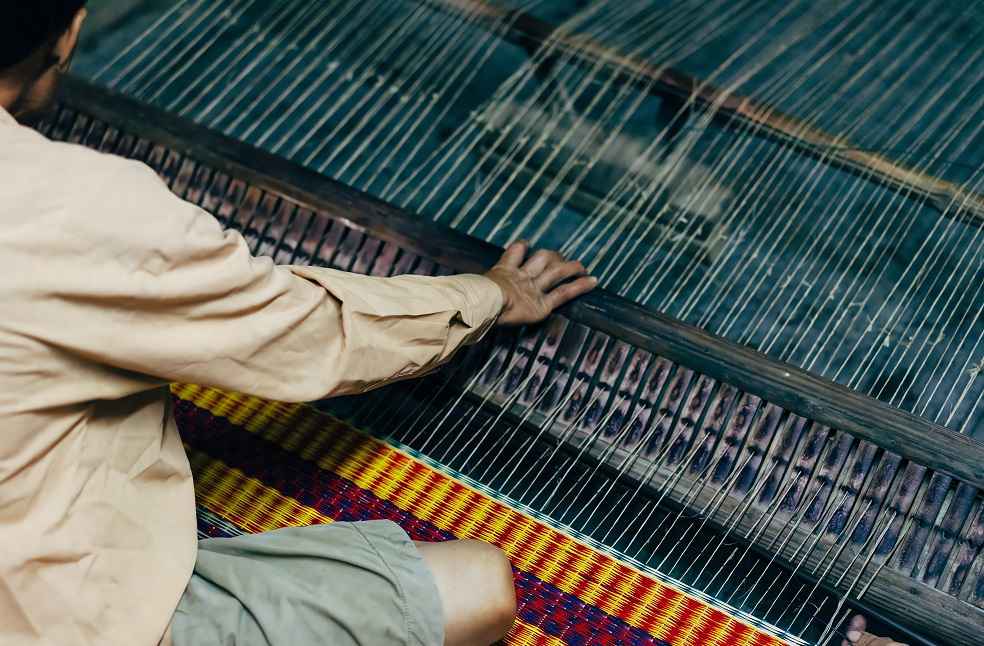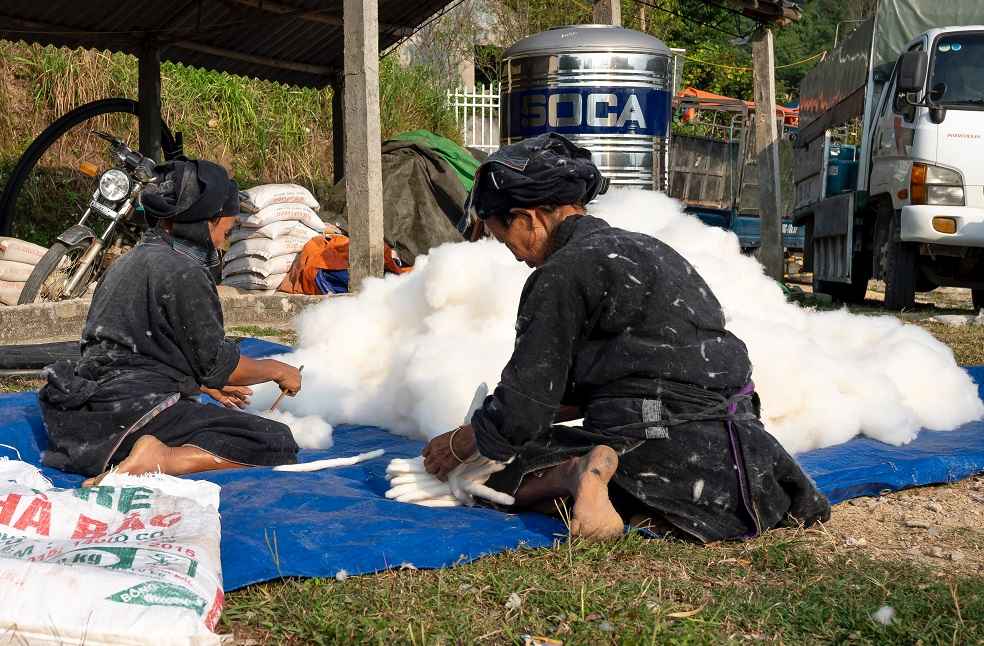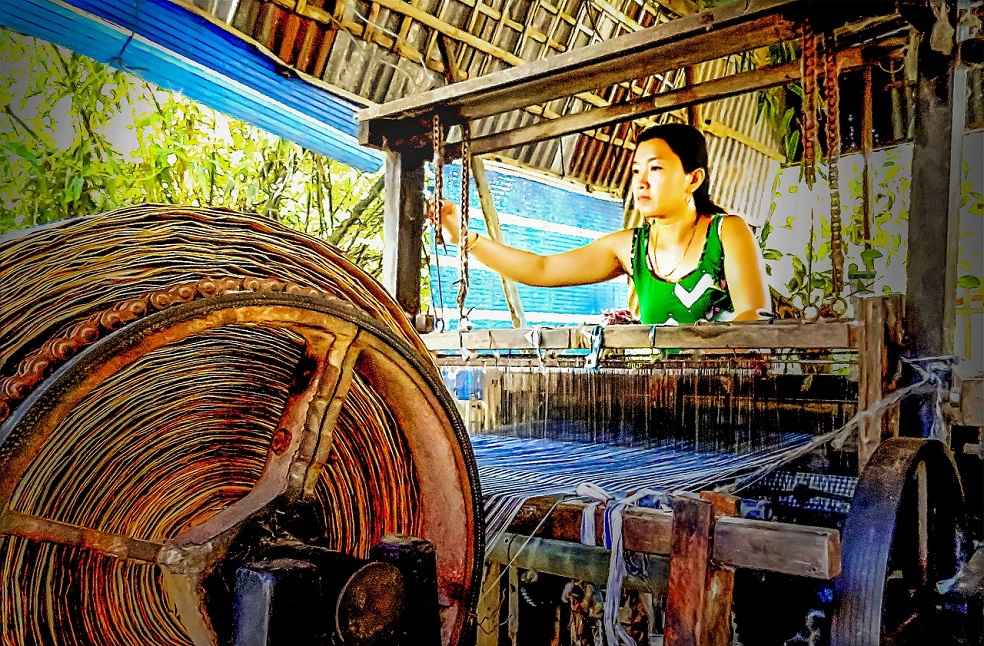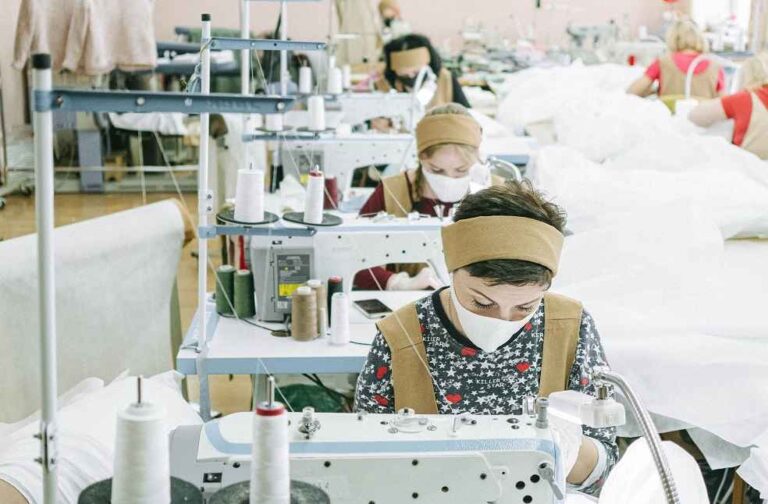The latest figures from the textile trade sector predict a brighter future for Bangladesh, with export growth exceeding 15% in the first month of the fiscal year itself. It is said that this is increasing every month. The surge is due to the interest of countries, including the US, in buying more from Bangladesh while cutting imports from China.
World Trade Organisation (WTO) report goes on to highlight Bangladesh’s strong standing within the worldwide clothing market. With $45 billion exports in 2022, the nation’s share of the global clothing market soared to 7.9% last year, a substantial rise from a mere 2.5% in 2005. It still ranks as the second-biggest apparel exporter behind China, surmounting obstacles like elevated production expenses and sluggish orders from inflation-affected Western locations.

By zeroing in on value-added and diversified products, exporters have found ways to counterbalance these hindrances, leading to enhanced efficiency and profitability. Even with price pressures, Bangladesh’s apparel market share keeps expanding, with potential for additional gains within the US market, specifically if American fashion brands curtail procurement from China for geopolitical considerations.
Opportunities for Bangladesh exist alongside rivalry from other countries. Vietnam, India, Cambodia, Egypt, Mexico, and Indonesia are also contending for an enlargement of procurement by US buyers. These nations might also profit if 78% of US fashion businesses diminish sourcing from China, as the survey indicates.
The competition doesn’t dampen Bangladesh’s apparel exporters’ faith in their special ability to take over the market share gap if China’s part is diverted. The Bangladesh Garment Manufacturers and Exporters Association (BGMEA) Vice President, Shahidullah Azim, conveys hope for more industries and jobs within Bangladesh stemming from the “China plus one” sourcing approach.

This assurance is reinforced by the nation’s solid manufacturing foundation and environmentally friendly industries. There’s still more work to be done. Authorities such as Mohammad Hatem stress the necessity of constructing infrastructure to accommodate upcoming industry requirements, like port capabilities and road transportation.
Shahidullah Azim also points out that government must lend policy backing to the man-made fibre-based (MMF) industry to capitalize on China’s falling market share. He advocates for financial commitment to high-end MMF products such as suits, blazers, lingerie, activewear, and sportswear, combined with tax incentives and simplification of customs operations.
The head of the research organization Research and Policy Integration for Development (RAPID), Dr. Mohammad Abdur Razzaque, postulates that Bangladesh might garner an extra $54 billion each year from apparel exports by 2030 through such planned alterations and capacity boosts.

Of course, challenges remain, especially as Bangladesh will lose its least developed country status in the coming year of 2026. With this, Bangladesh will become ineligible for duty-free export benefits. Caution and planning will be crucial in taking advantage of this situation.
While recognizing the fact that upward trends in Bangladesh’s garment industry and exports are driving economic expansion, the country needs to take proactive measures to achieve ingenuity, capacity building, and international competitiveness. Declines are inevitable if the nation does not grow to compete in the global market in the textile trade with the right strategies, investment, and support.
FASHION INDUSTRY | War on Waste: Bans Unsold Fashion Destruction



